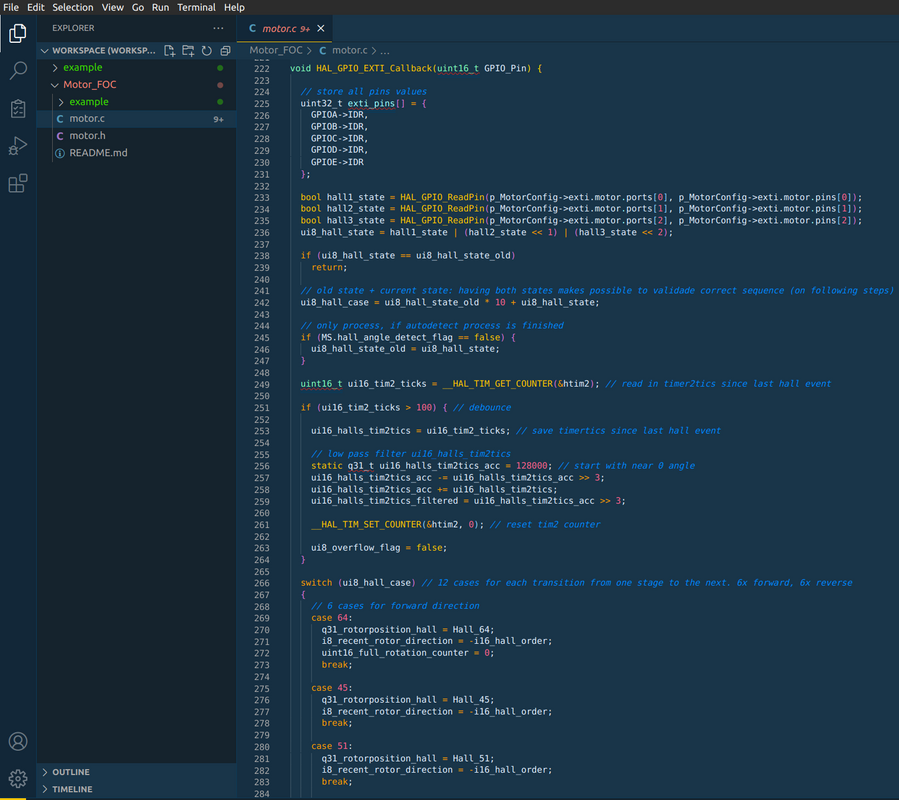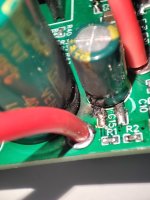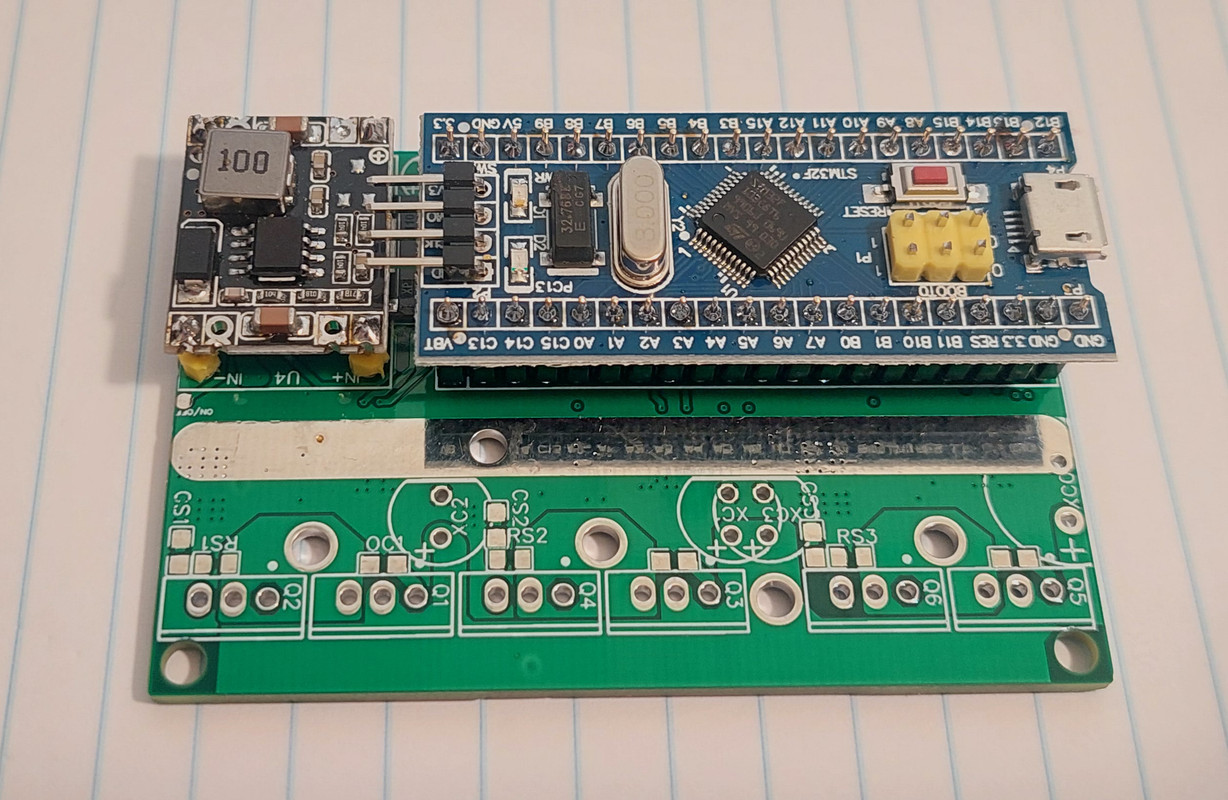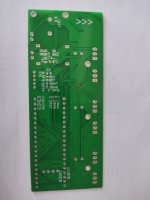flute2k3@hotmail.com
10 W
- Joined
- Nov 26, 2019
- Messages
- 95
guess my ST-link is a fake one, stm32IED does not support it. thus I can't debug.
I checked variable voltage correctly applied on A7, the current consumption is very low, looks to me the driver is disabled, is there any checking points stopping the driver/motor? I changed the min voltage to 12V since my power supply is 28V, afraid there are low voltage protection function to shutdown the driver... any other else?
I checked variable voltage correctly applied on A7, the current consumption is very low, looks to me the driver is disabled, is there any checking points stopping the driver/motor? I changed the min voltage to 12V since my power supply is 28V, afraid there are low voltage protection function to shutdown the driver... any other else?
















